|
I'm currently getting ready to begin my graduate studies at the Florence Academy. This program is exactly what I was looking for because I've always wanted to study the atelier method. My undergraduate art training was at the Pennsylvania Academy of the Fine Arts (PAFA), which was at a transitional period while I was there and did not give me the atelier training that I wanted. Most of my time at PAFA was spent in the library reading and dreaming about a bygone era of art training. I liked PAFA overall: it had great facilities (the cast hall is beautiful), most of the professors were great, but overall is wasn't what I needed as an artist. I wanted to really learn the craft of painting, but I didn't get that fully. I can't speak to how it is at PAFA now because I graduated in 2013. The truth is that traditional painting and drawing is so complicated that you really need someone to teach you; it takes too long and is too difficult to teach yourself.
While studying at PAFA, I also got my BFA from PENN which was wonderful because I wanted to study academics as well. I love reading, writing and studying history. So I'm very happy that I got to do the PAFA/PENN program. (I've really been very spoiled haha) During all this, I had my first taste of the atelier method at the Grand Central Academy (which I think is called the Grand Central Atelier now). I took a summer drawing course and enjoyed it immensely, but it was bittersweet because I knew I wasn't learning this material at PAFA. I also realized this type of training required much more time to do it properly. So this leads me to where I am now. After saving money and working hard on my own portfolio I was accepted into Florence Academy's MA program, which is really the bootcamp style of training that I've always sought. All of the artists I admire: Bouguereau, Monet, Sargent, Sorolla, Zorn, etc. - they all studied in this type of program. I'm excited to really delve deeper into the methodology of drawing and painting; the practical information and more nuts and bolts of it. I'll post some updates as I work my way through the first semester, but I'll be very busy since it's a rigorous program and basically like a full time job. For all my students: I'll still be teaching during the school year so don't worry! I love teaching and couldn't even imagine not teaching. I also can't wait to share all my new-found knowledge with my students.
0 Comments
I'm currently working on a different type of commission. It's a 10" X 14" oil painting and the scene is of vintage Winnie-the-Pooh. Although my personal work is based largely on en plein air work, landscapes, still lifes and figurative work, I also like doing these commissions which expand my creative range. I think it's good for artists to play around with different styles and subject matter. It's a fun break from what I normally do, but I feel like it's still me.
This type of illustration requires a lot of creativity because I didn't copy this scene from another source. I created my own composition and placed the characters where I wanted them. I still tried to make the scene look like one from an old Pooh story. Something different in my technique is that I washed on the oil paint in sort of a watercolor-style application; usually I like working with thick paint. The scene I had in mind is of Christopher Robin coming to the 100 Acre Wood for a party with all the characters. There's a lot of fun little details in the painting which make it like an eye-spy game. My friends and family know that I'm a big Pooh fan myself and have read all the stories. And a fun extra fact is: this isn't my first illustration project, I illustrated some children's books once upon a time... but that feels like a lifetime ago. Really fascinating look into the process of natural dyeing. As an artist who's interested in pigments and colors of the past, this really interested me. I think a big part of my desire to study color and the history of color is because of my own colorblindness (color deficiency). I always felt a need to try and conquer my colorblindness and maybe train my eyes to see color. Of course that's not how it works, but I love color regardless. I recently finished restoring these two 19th century travel boxes and they're so beautiful that I had to share them on my blog. They were in pretty good condition when I purchased them, but they needed a little care. They're both from France and they have a very similar style to them. They also both had working keys, which is really cool. These would have been used for traveling or painting en plein air, which makes me wish they could talk and tell me where they've been! This first set of photos is of the smaller box which is for watercolors. The box includes some inner compartments, a water container with detachable cups, a sea sponge, an old brush and an enameled palette. The quality of the wood that was used to make the box is wonderful and it really shined after I waxed and buffed it. I see a little paint residue on the palette so I'm guessing that someone used it at one time. This next set of photos is of the oil painting box, which is larger and includes a beautiful folding palette (with some very old paint on it), medium containers, some palette knives and brushes. The entire box is truly a work of art. These final two images show some of my working tools, which is an old set of flathead screw drivers that nest inside one another. I love having high quality tools in my own tool box to work with. When I was working on these boxes, I actually got pretty bummed. I realized, once again, that people really don't make beautiful things like this nowadays. These boxes are over 120 years old and still usable! I know there's still some true craftsman out there who really care about their products, but most of it is disposable garbage. I understand why that is, but it still makes me sad.
Besides the high level of quality, another reason I love antiques is because of the history behind these items. I wonder who owned these? What paintings did they paint with these? As I said earlier, I wish these boxes could tell me where they've been. If you're wondering if I'll use these boxes myself: I'll admit that I find it difficult to imagine using them en plein air mainly because I don't want to mess them up or lose any parts. I might decide to use them eventually, but for now I just enjoy having them in my studio. |
Archives
July 2024
Categories
All
|

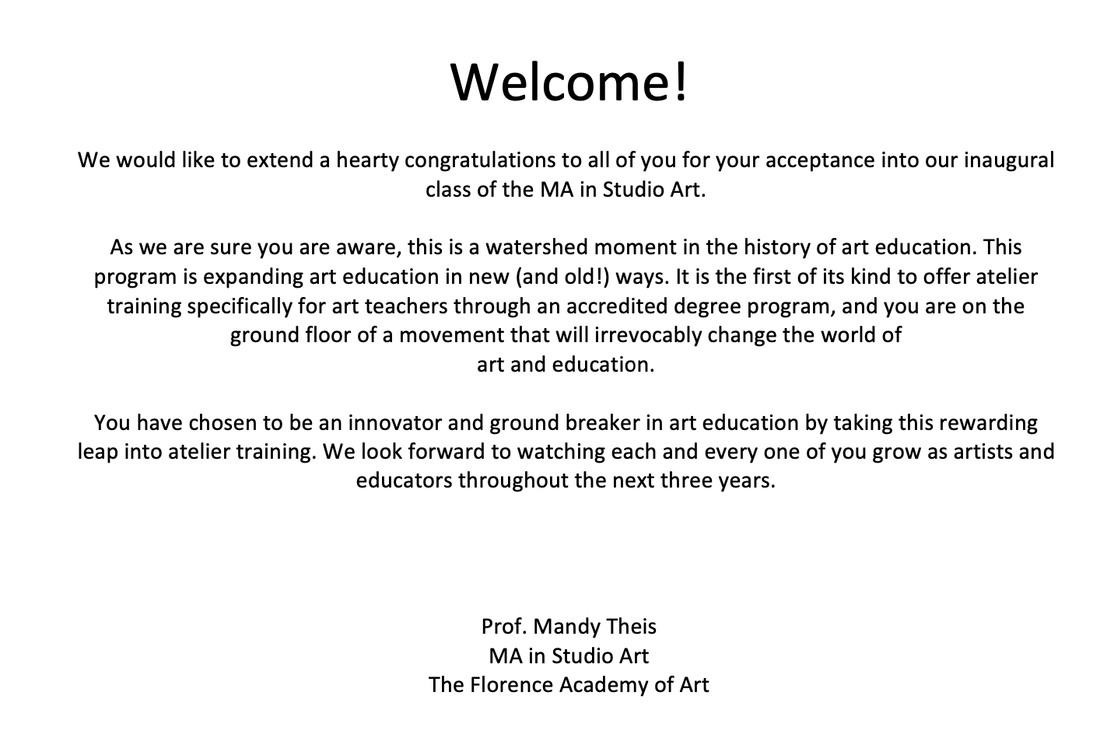

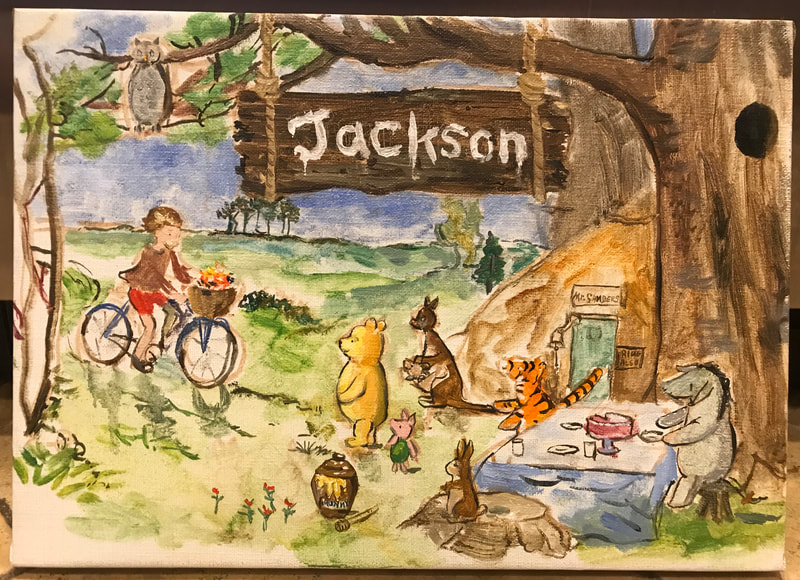
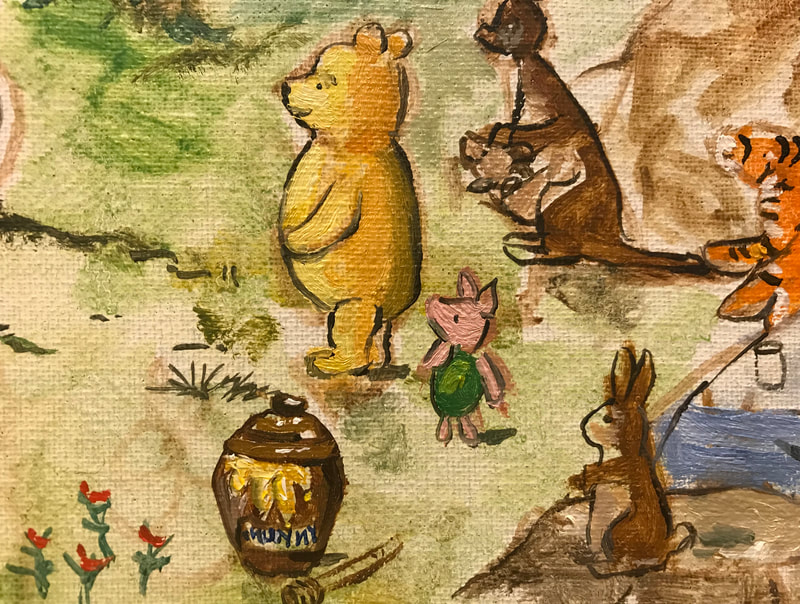
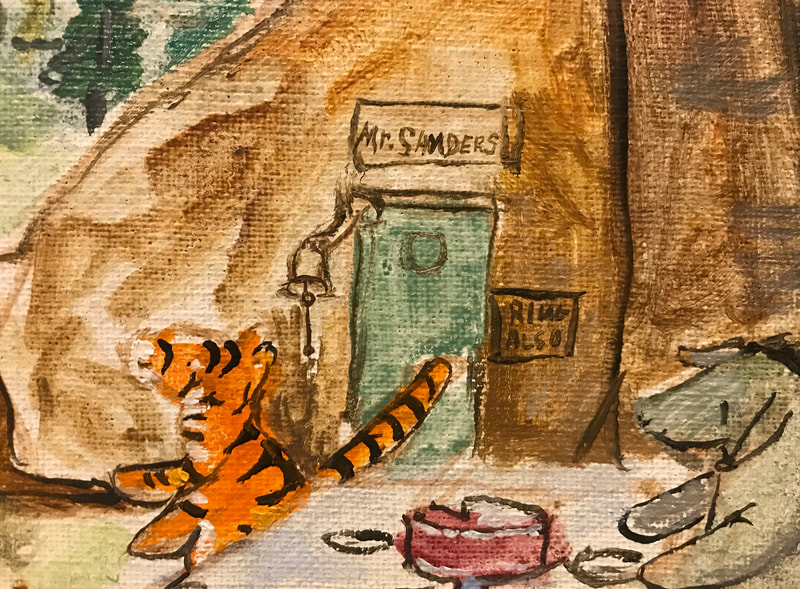
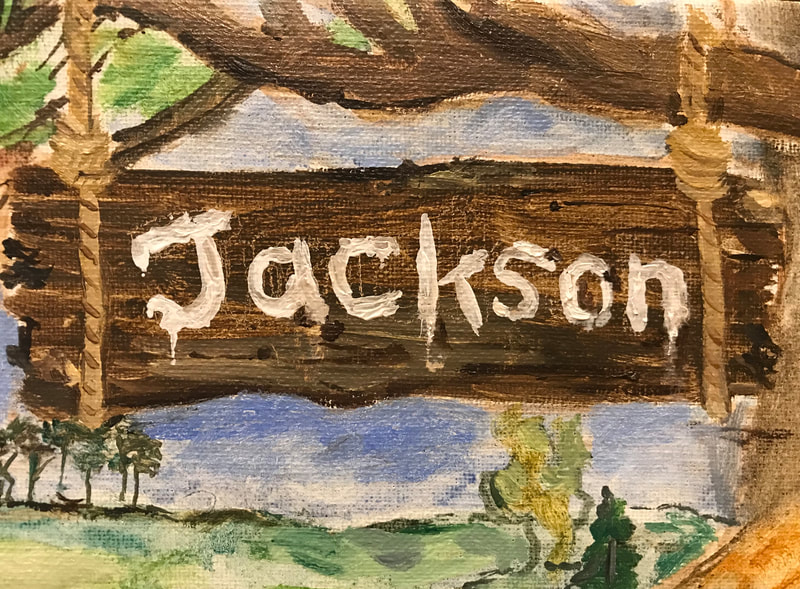
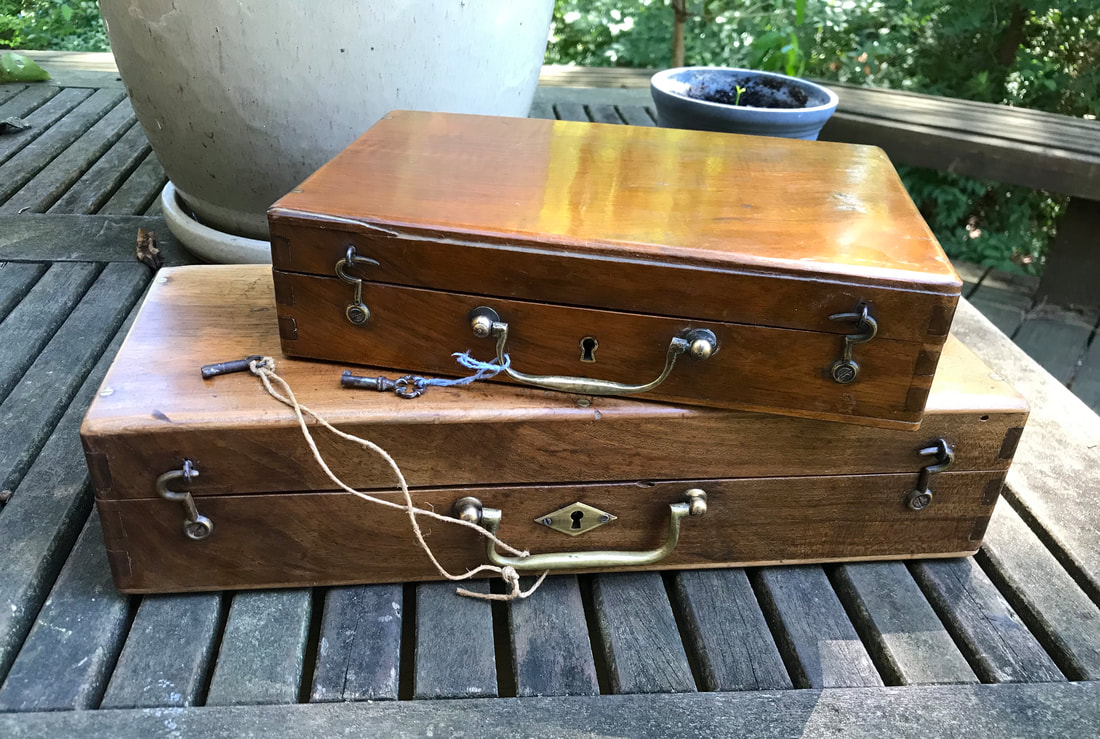
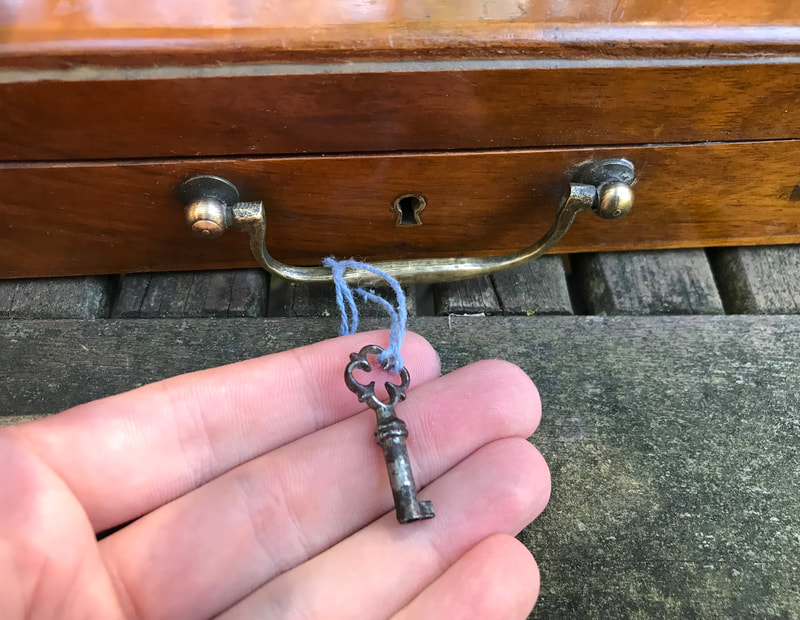
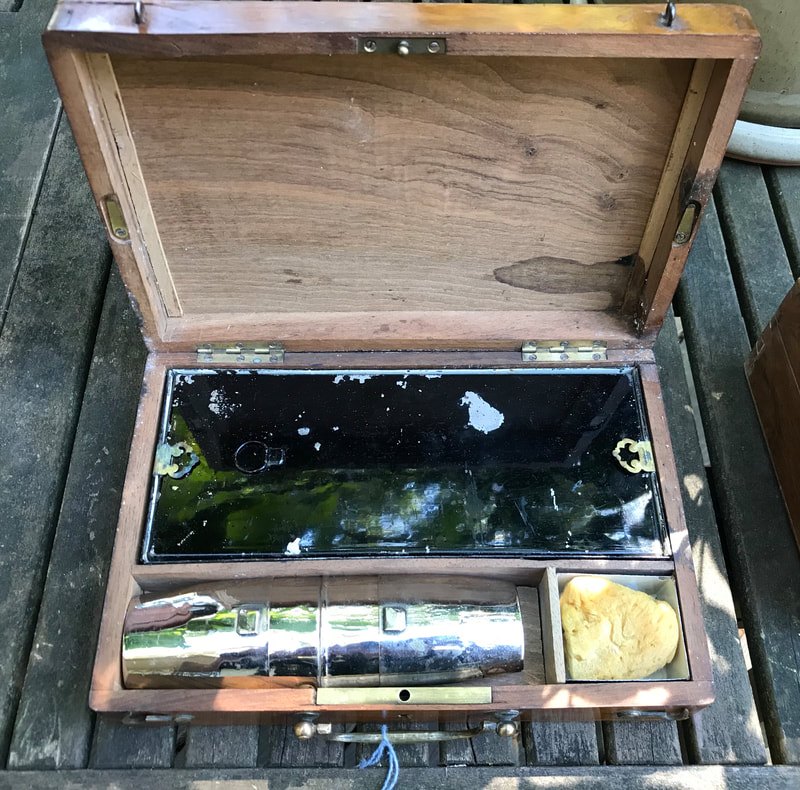
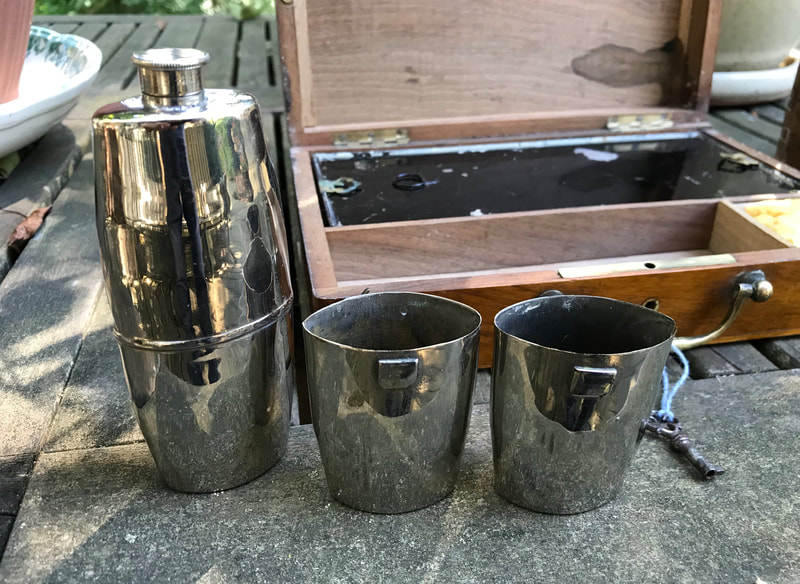
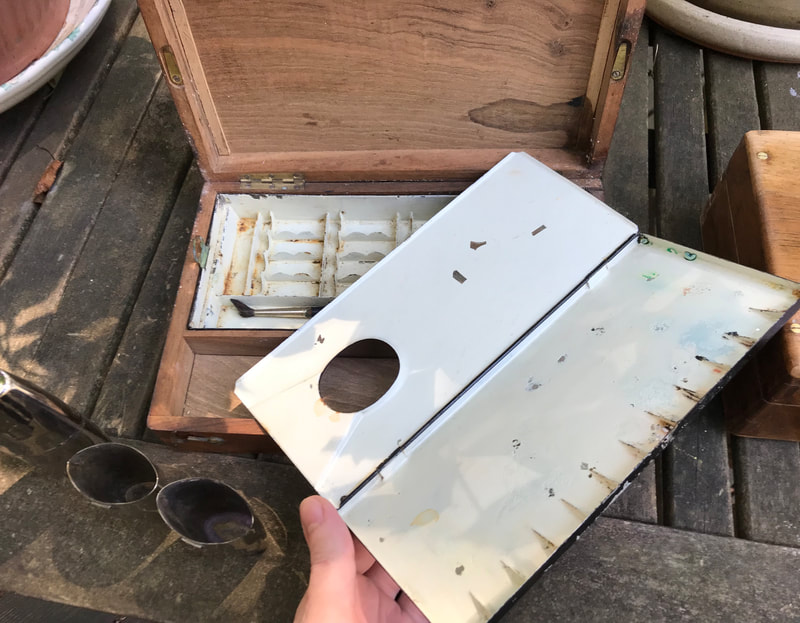
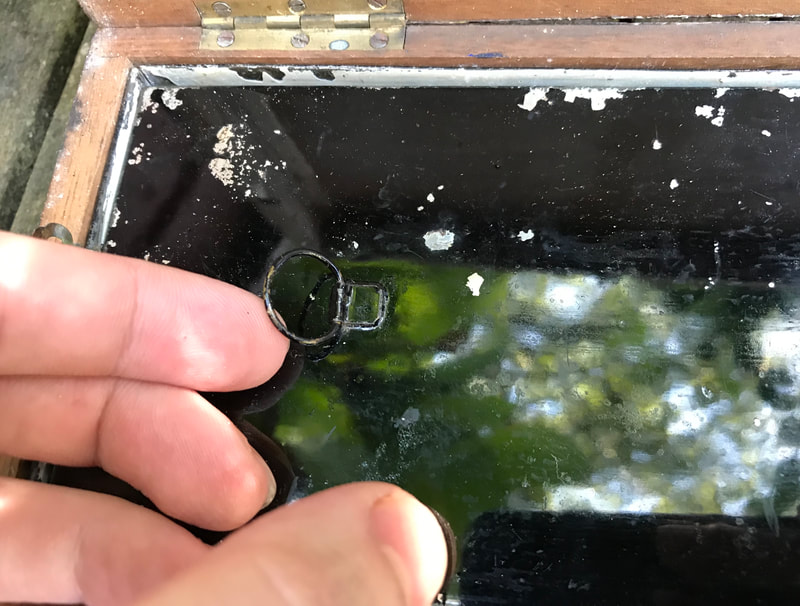
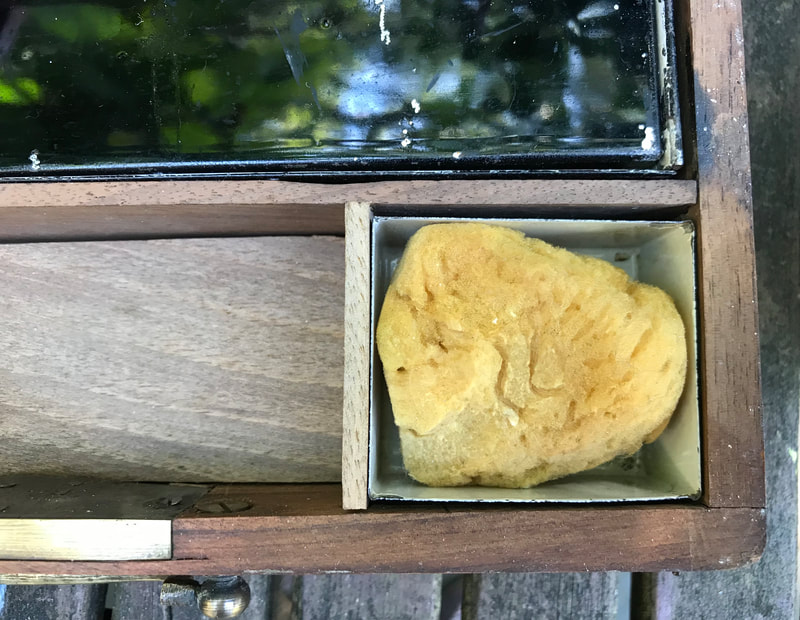
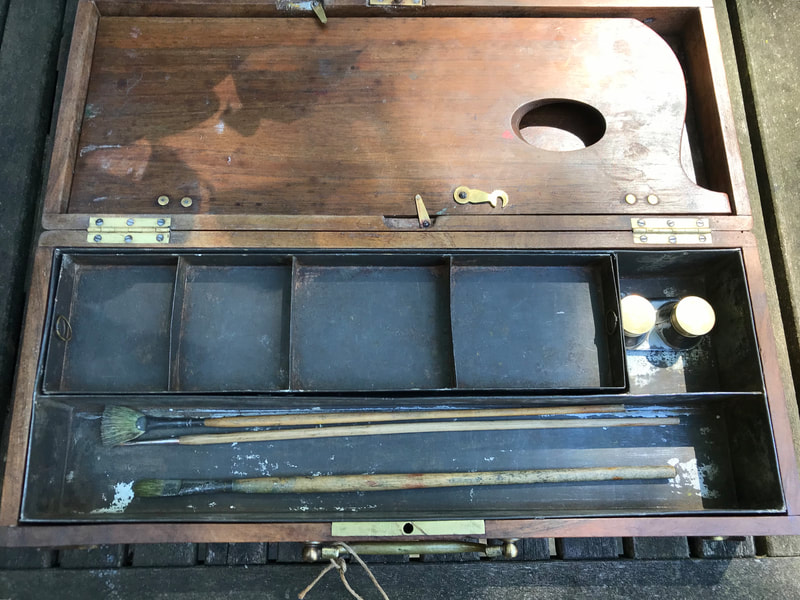
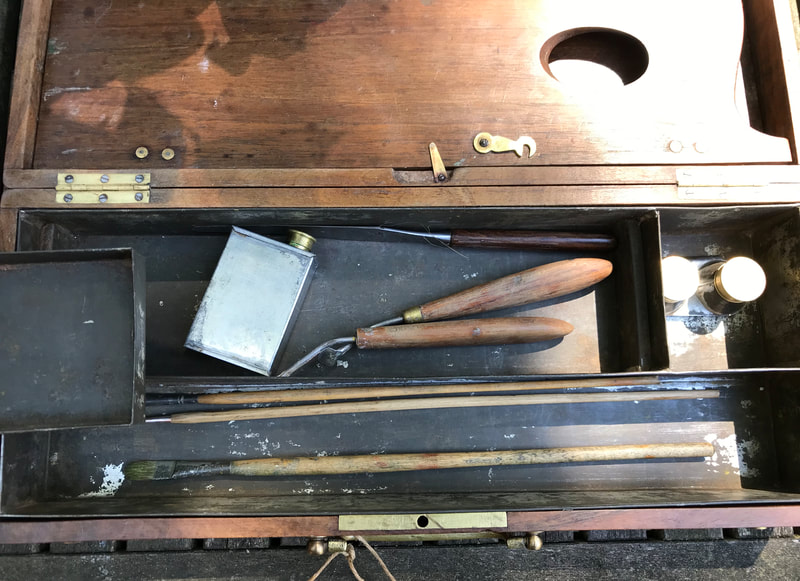
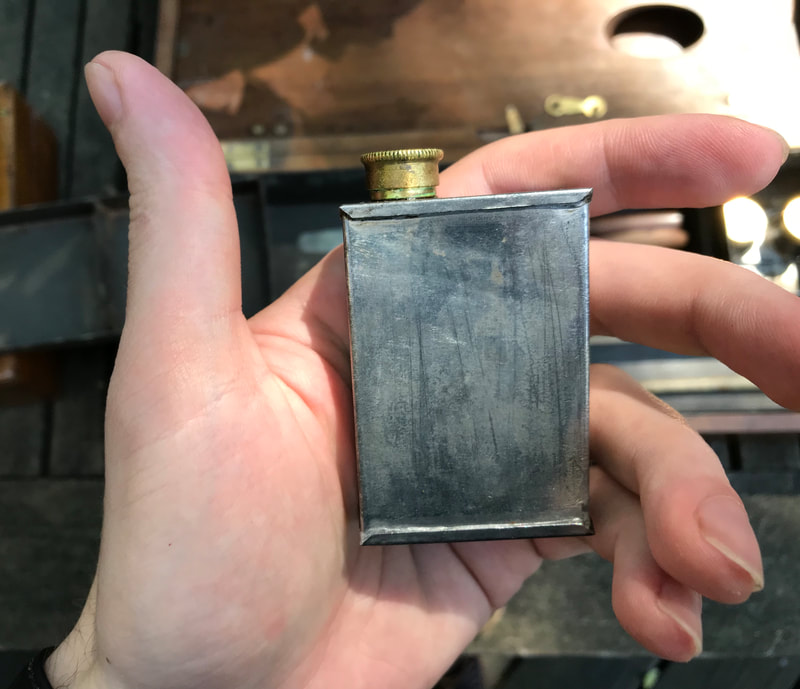
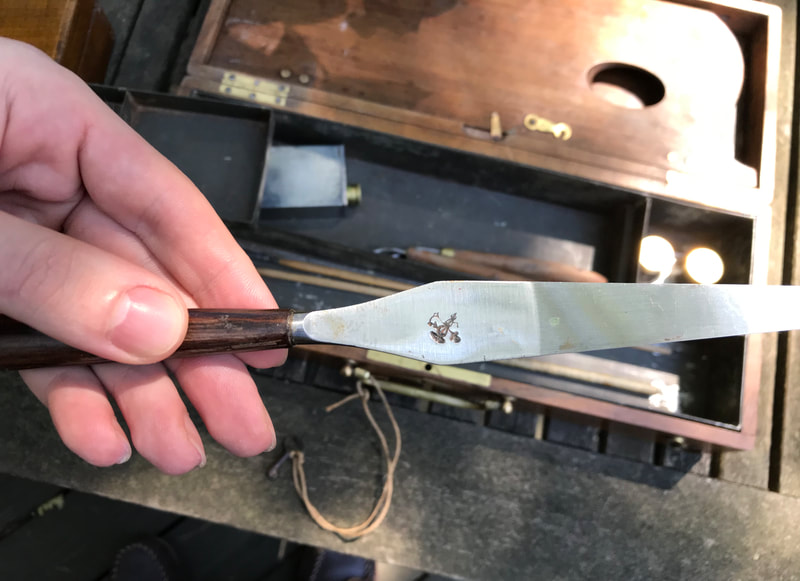
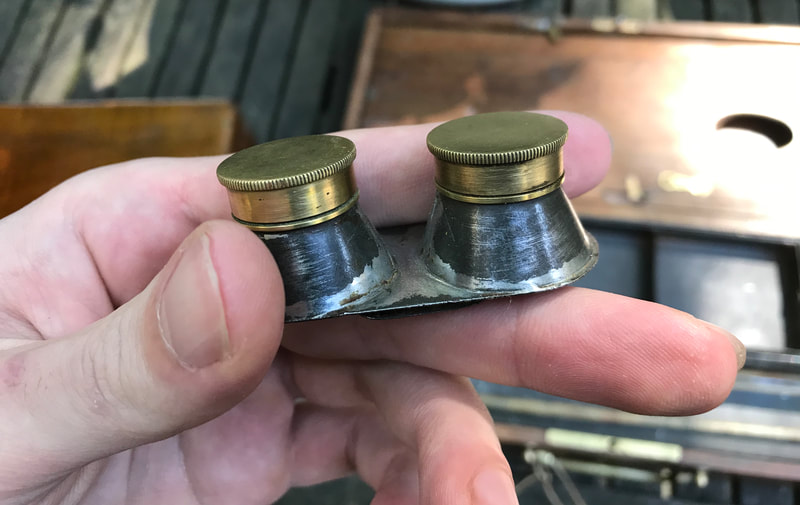
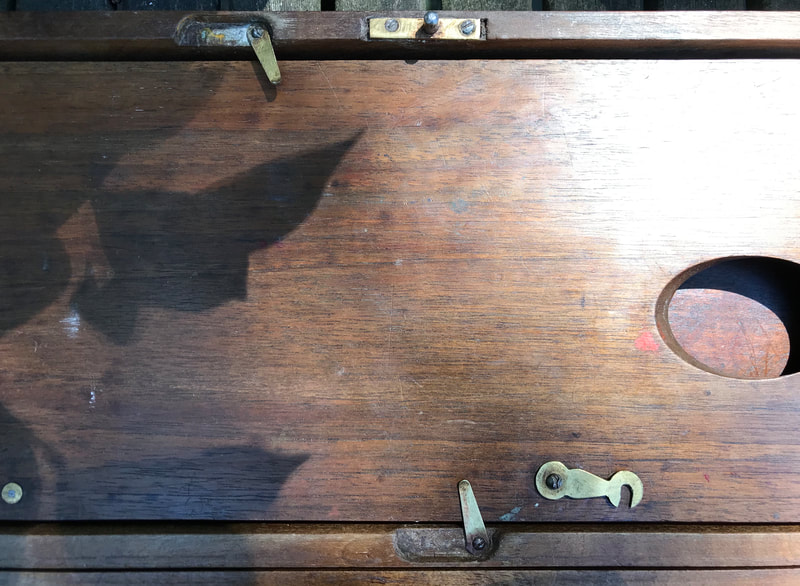
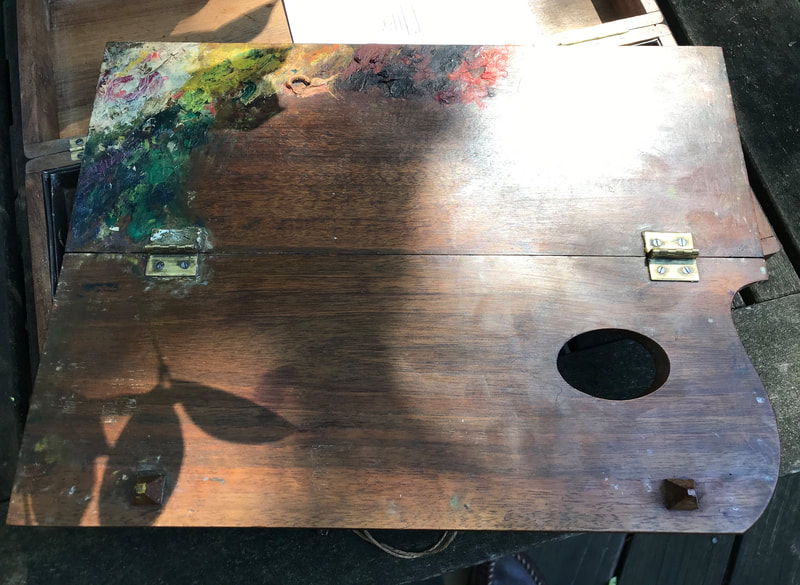
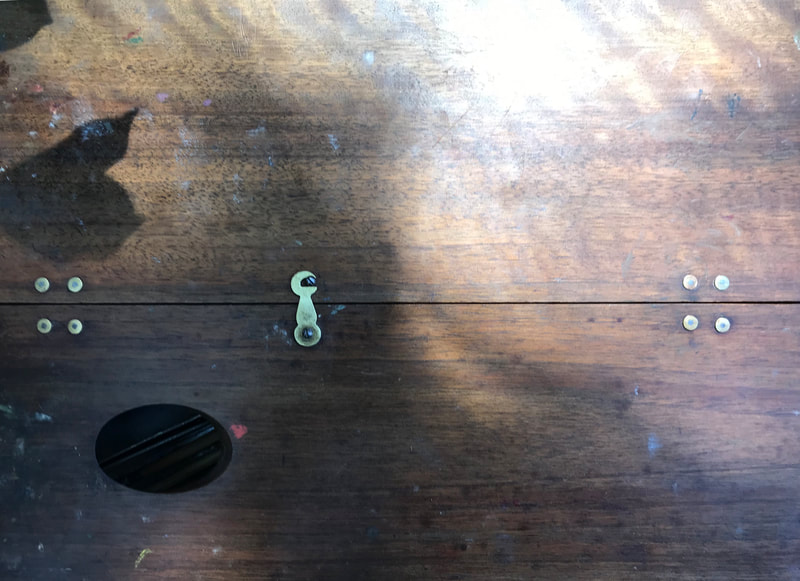
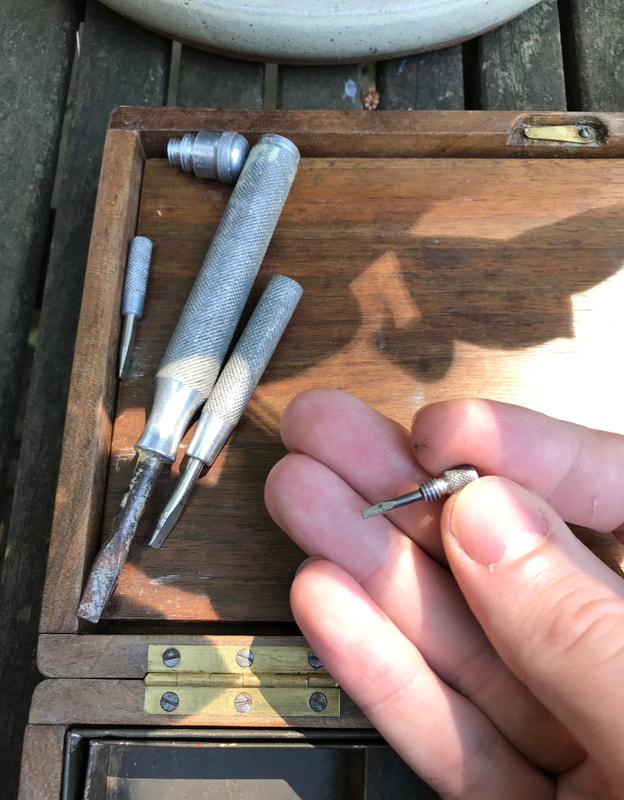
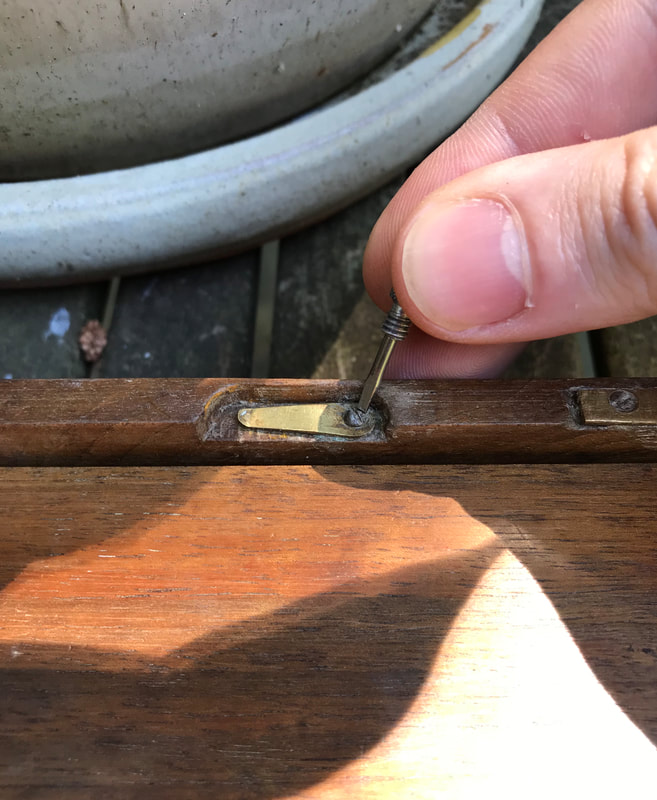
 RSS Feed
RSS Feed